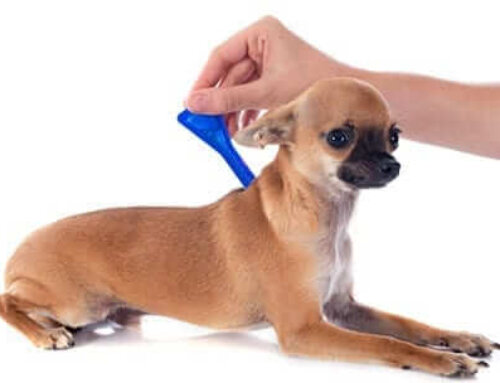I always ask for feedback and questions from my own patients and from the readers of this newsletter. Over the years, I have learned that no question is silly, and in fact if one person is asking it, many are probably thinking it.
Here are three recent questions that I thought I would share, along with my answers:
Are test strips interchangeable from meter to meter?
I get this question every few months. The answer is no. Even if they look the same or are made by the same company as another strip, you must stick with a test strip made for the particular meter you are using. There is only one thing worse than no information, and that is bad information.
What if my pet’s glucose curve doesn’t make sense?
When we check a blood glucose curve, we check the blood glucose every 2 hours from one injection to another. If the blood glucose falls below 150 mg/dl, I like to check it hourly until it rises, so we know just where the bottom of the curve is. The usual pattern is for the glucose to be higher at the beginning and at the end of a curve. If a curve starts with high glucose values and then are low at the end of the 12 hours, I’d encourage you to continue on for a few more readings. Veterinarians use a variety of different insulin for pets. Particularly if we are using a longer acting insulin such as Glargine or PZI or Levemir, the duration of action in some pets may exceed 12 hours. It’s a rare pet that can get insulin once daily, but if the curve isn’t making sense near the end of the curve, take another reading or 2. It will help your vet interpret the results. If your glucose numbers are making no sense at all, check that you are coding the meter correctly or consider comparing your results to the machines at your vet’s office. Always include your vet in decisions regarding insulin dosing. You are a team!
How often do I need to do a glucose curve?
Even a well regulated diabetic pet may fluctuate with how much insulin is needed to best control blood sugar levels. I like to check glucose curves at least every 3 months for diabetic pets. (Thank heavens we have pet glucose meters that make this feasible at home without breaking the bank!) Sometimes the insulin dose needs a gentle tweaking even when a pet is doing well. We want to know that we are doing our best for the pet, and we will decrease the risk of diabetic complications by having good glucose regulation. Now, if a pet is not regulated, we will run a glucose curve 5 to 7 days after altering the insulin dose. We do this until we think a pet is on track, then curve as needed. Again, I recommend doing curves at least every 3 months.
NOTE: Consult your veterinarian to confirm that my recommendations are applicable for the health needs of your pet.










Dr. Sutton. I wanted to let you know that I have enjoyed every article you send. I have two sweet orange tabby boys that are seniors (17 and 15). My 17 year old is a diabetic – for almost four years now. He has gone into remission twice but currently is taking insulin once a day. I used a pet meter to check him regularly. Luckily my Vet and University are very supportive and have helped my fears and concerns. The information you write is truly informative and look forward to continue receiving.
Mary Milton